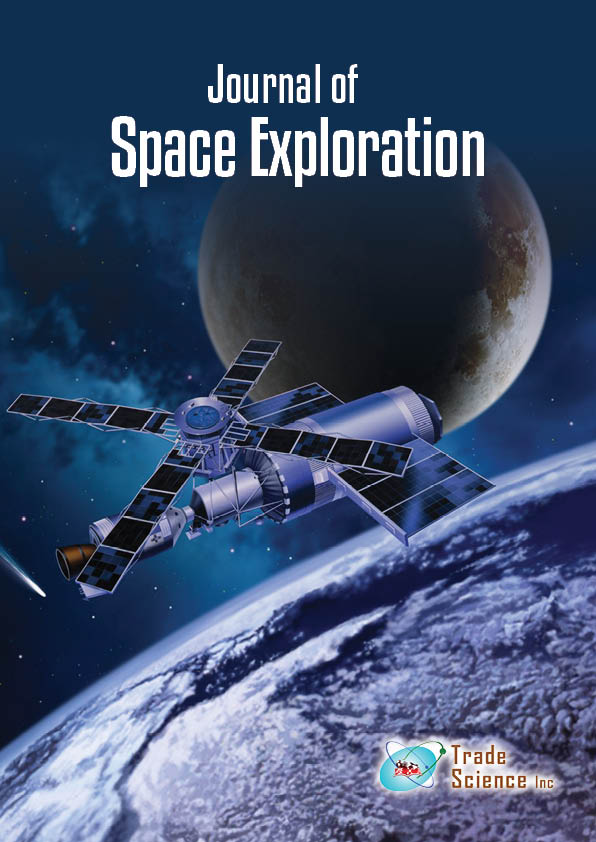Short commentary
, Volume: 14( 1)About the Information Contained in Constants
- *Correspondence:
- Friedhelm M. Joge
Independent Scientist, Schulstrasse 57, D-31812 Bad Pyrmont, Germany
E-mail: f.joege@web.de
Received: Mar-21-2025, Manuscript No. TSSE-25-162895; Editor assigned: Mar-24-2025, PreQC No. TSSE-25-162895 (PQ); Reviewed: Apr-08-2025, QC No. TSSE-25-162895; Revised: May-21-2025, Manuscript No. TSSE-25-162895 (R); Published: May-29-2025,DOI.10.37532/2320-6756.2025.14(1).387
Citation:Joge FM. About the Information Contained in Constants. J Space Explor. 2025;14(1).387.
Abstract
Constants are among the properties of matter. A formula (a) is developed. It represents information that has constants as properties.
Description
Derivation of a formula (a)
In my article “Calculation of Dark Energy and Dark Matter” [1] the formula (2.1) is derived:
EM=c5/(81/2 · G · H0) = 5.61 · 1069 J (2.1)
Formula (2.1) is deducted from the Bekenstein-Hawking entropy SH=kc3AH/(4hG) and Hawking temperature TH=hc3/(8πkGM).
By combining formula (2.1) and (1) you get:
E=h · ln2 · H/t (1)
you get
H=c5/(81/2 · ln2 · hG · H0) · t(a)
Conclusion
A new formula (a) has been developed. It contains the information that appears as properties [2].
Application
This formula (a) can also by used in conversion to accurately calculate the value of the Hubble's constant [3-8].
Definition of symbols used in formulas
EM=Energy equivalent of visible baryonic matter
Ed=Dark energy
H=Shannon's information entropy
H/t=Information flow=Dynamic information
H0=Hubble's constant
G=Constant of gravitation
c=Speed of light
t=Time
tu=Age of the universe
tp=PLANCK time
SBH=Bekenstein-Hawking entropy
TH=Hawking temperature
AH=Area of the black hole event horizon measures the information potentially contained in it
h=Planck's quantum of action, h=h/(2π)
References
- Joge FM. Calculation of Dark Energy and Dark Matter. Int J Phys Astron. 2019;7(1):1-7.
- Joge F. Information und Wirkung. Beitrag zur Einführung des Immanenzbegriffs als physikalische Größe. Grenzgebiete der Wissenschaft. 2015;64(3):215-28.
- Joge FM. About the Percentage Composition of the Energies of the Universe, Provided by the MAX PLANCK Institute for Radio Astronomy. J Space Explor. 2025;8(1):01-02.
- Bekenstein JD. Information in the holographic universe. Sci Am. 2003;289(2):58-65.
[Crossref] [Google Scholar] [PubMed]
- Görnitz T, Görnitz B. Der kreative Kosmos: Geist und Materie aus Information. Spektrum. 2002, pg.388.
- Pagel L. Information ist Energie. Springer Fachmedien Wiesbaden, 2013.
- Ising H. Information and Energy. 2022.
- Eigen M. From entropy to information the physical chemistry of living matter. Reports Bunsen Soc Phys Chem. 1994;98(11):1351–1364.

